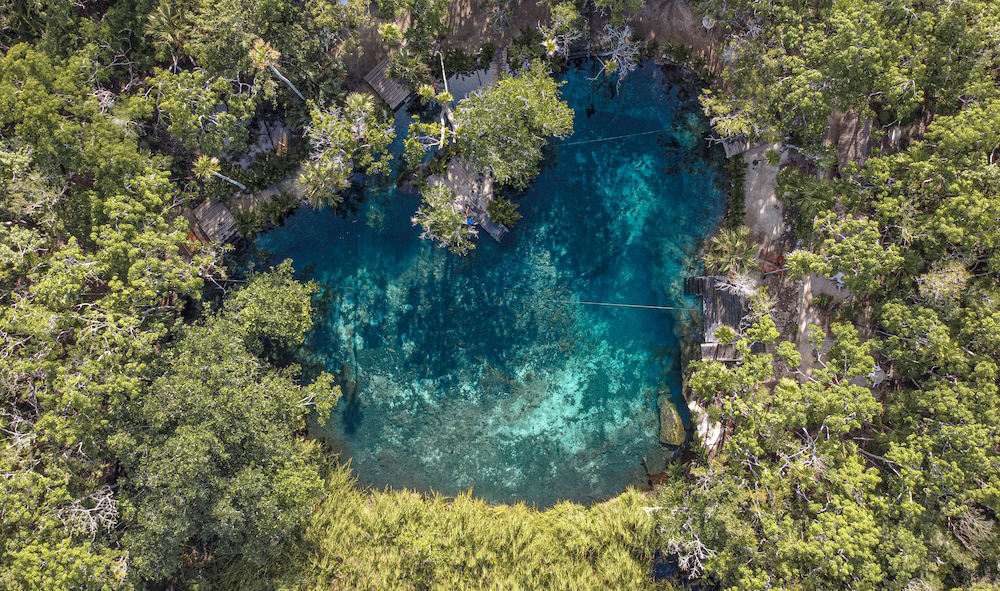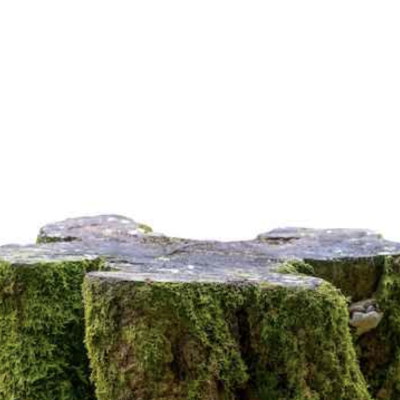The famous temple complex of Angkor Wat is at risk of decay due to environmental factors such as groundwater and temperature fluctuations. The sandstone temples of the powerful Khmer kingdom, which dominated the Cambodian lowlands between the 9th and 15th centuries, could crumble and collapse if not properly maintained. Angkor Wat is the largest religious building in the world and one of Cambodia’s most popular tourist attractions. However, many of the structures are already supported by wooden beams to prevent collapse. Experts fear that the ruins may not withstand the environmental pressures for much longer.
Fulong Chen and his colleagues from the Chinese Academy of Sciences in Beijing have analyzed the current state of the temple complex and simulated the effects of environmental factors on its decay. One of the main concerns is the increasing tourism in the region, which has led to a rise in water consumption. This could cause the groundwater level to drop, leading to subsidence of the ground on which the temples stand. The researchers used radar technology and high-resolution satellite images to investigate the acute threat to the historic ruins in the 400 square kilometer Angkor Archaeological Park. However, the results showed that the extraction of groundwater from wells did not pose an immediate threat to the stability of the ruins between 2011 and 2013.
Although the temples are not in immediate danger of collapse, the latest data and information suggest that they are still at great risk. The natural fluctuations in groundwater, plant growth, weathering of sandstone, and high temperatures are all contributing factors to the decay of the structures. The new scientific findings can help prevent or delay further decay by reinforcing the foundations of the buildings, regularly cleaning the sandstone, stabilizing the groundwater level near the structures, and using materials that expand similarly to the original building materials during restoration. It is crucial to take action now to preserve these magnificent structures for future generations to enjoy.










